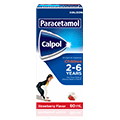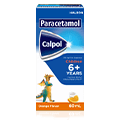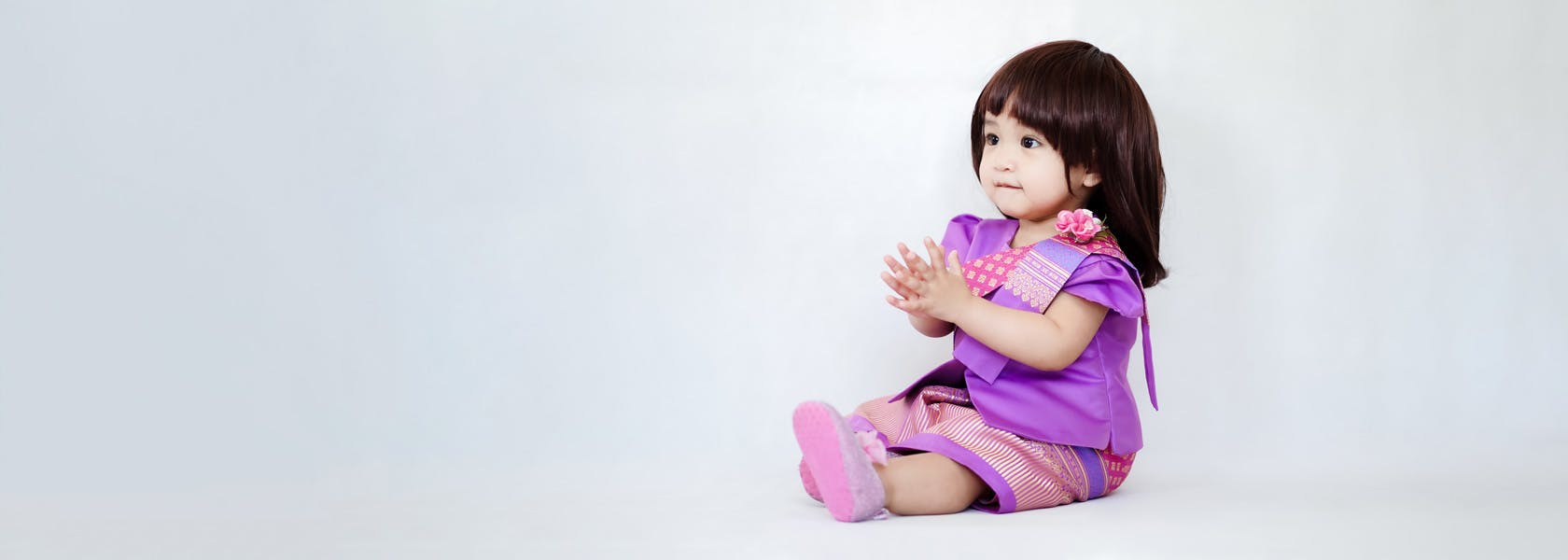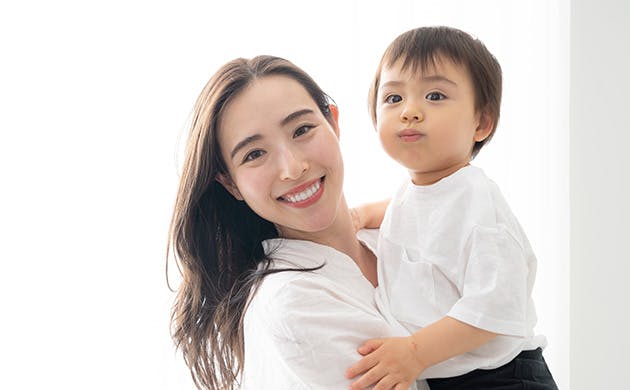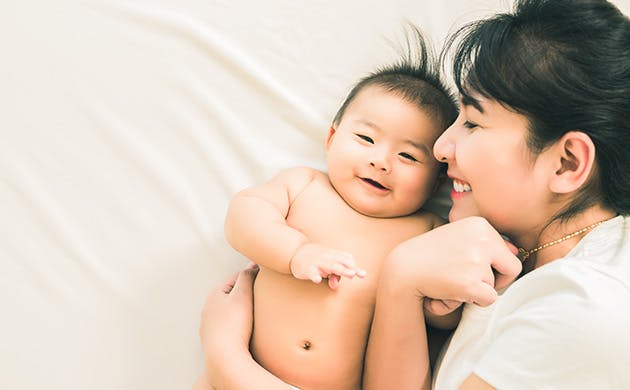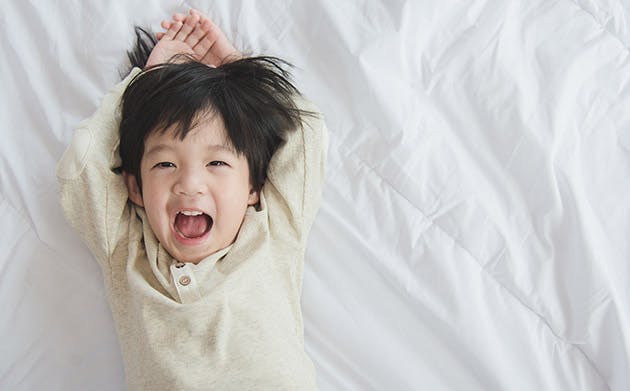

Paracetamol (Calpol®) for Children 0-2 Years Old

Paracetamol (Calpol®) for Children 2-6 Years Old

Paracetamol (Calpol®) for Children 6-12 Years Old

PanaCool
Compare Now (0/4)
- Product
- Format
- Age
- Key Features
- Ingredients

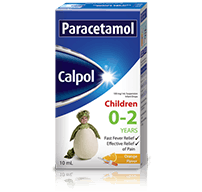
Paracetamol (Calpol®) for Children 0-2 Years Old
- Infant Drops Suspension
- 0-2 Years
- Fast & effective relief for fever and pain
- Paracetamol

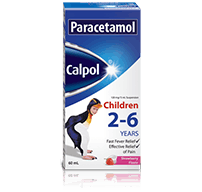
Paracetamol (Calpol®) for Children 2-6 Years Old
- Suspension
- 2-6 Years
- Fast & effective relief for fever and pain
- Paracetamol

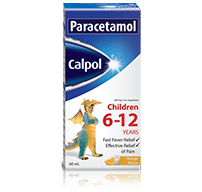
Paracetamol (Calpol®) for Children 6-12 Years Old
- Suspension
- 6-12 Years
- Fast & effective relief for fever and pain
- Paracetamol

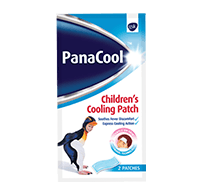
PanaCool Children's Cooling Patch
- Children's Cooling Patch
- 1-12 Years
- For express cooling action
- L-Methol, Tween 80, Sodium Polyacrylate, Glycerin, Tartaric Acid, Polyviny Alcohol, Sodium Polyacrylate Starch, Propylene Glycol, Methylparaben, Propylparaben, Polyvinylpyrrolidone, FD&C Blue No. 1, Purified Water
Minimise
Teething
Teething usually begins around 6 months of age. However, it is normal for teething to start at any time between 3 months and 12 months of age. During teething, the first set of teeth, called primary teeth or milk teeth, erupt and break through the gums. Teething symptoms may begin about 3 to 5 days before a tooth breaks the skin, causing pain and discomfort to the child.
TEETHING – TAKING CARE OF YOUR BABY’S TEETH
Babies can get their first teeth anywhere between three and fifteen months, but commonly between four and nine months — although discomfort may start earlier. Dribbling at three months is usually a result of your baby learning to put things in their mouth, which is part of normal development.30-32
Pain relief and what you can do to help31,32
- Rub your baby’s sore gums gently with your finger.
- Give your baby a teething ring – either a soft rubber one or the plastic type that can be kept in the refrigerator.
- If you think your baby is in pain, consider giving paracetamol as directed for the child’s age
- Avoid hard sharp-edged toys that could damage teeth and gums.
What not to do30-32
- Do not dip pacifiers or teething rings in honey or sweet foods, as it may lead to dental decay (honey should not be given to babies under 12 months).
- Do not suck your baby’s pacifier and give it back to them, as you will transfer bacteria from your mouth to theirs.
Signs of teething30-32
- Rosy, flushed cheeks
- Increased dribbling
- Tugging at ears
- Chewing on everything
- Tender swollen gums
- Irritability
- Disturbed sleep
- Poor appetite
- Loose, frequent stools
- Sore red bottom or rash.
Note: Generally, teething does not cause fevers. If your baby has a high temperature, consult your doctor.31,32
The importance of first teeth30
What many parents do not realise is that emerging baby teeth need to be looked after as carefully as we look after permanent teeth.
On top of their obvious importance for chewing and speaking, they help proper jaw development and reserve spaces for permanent teeth later.
Tips for caring for baby teeth33
Start cleaning when teeth appear. Gently wipe with a clean damp cloth at bath time.
Progress to a small soft bristle toothbrush with water (There are special brushes available for babies).
Hold the baby sitting against you facing the bathroom mirror so they can see their teeth being cleaned.
Let your baby play with their toothbrush while they watch you brush your teeth (It takes years for them to learn how to brush).
Start using a pea-sized amount of low-fluoride children’s toothpaste only when they have learnt to spit things out from their mouth.
Limit the amount of sugary foods in their diet.
How long do baby teeth last?34
The front teeth will last until the age of five to seven years.
The back molars last until the age of about 12 years.
.jpg?auto=format)


